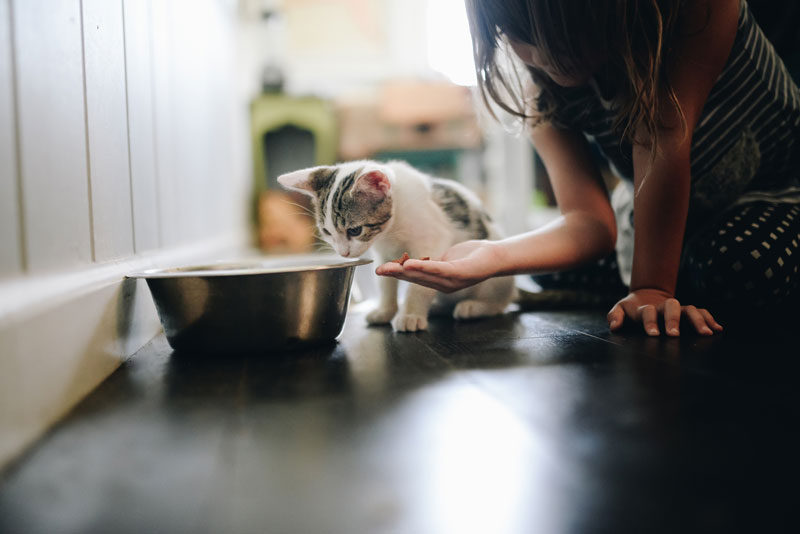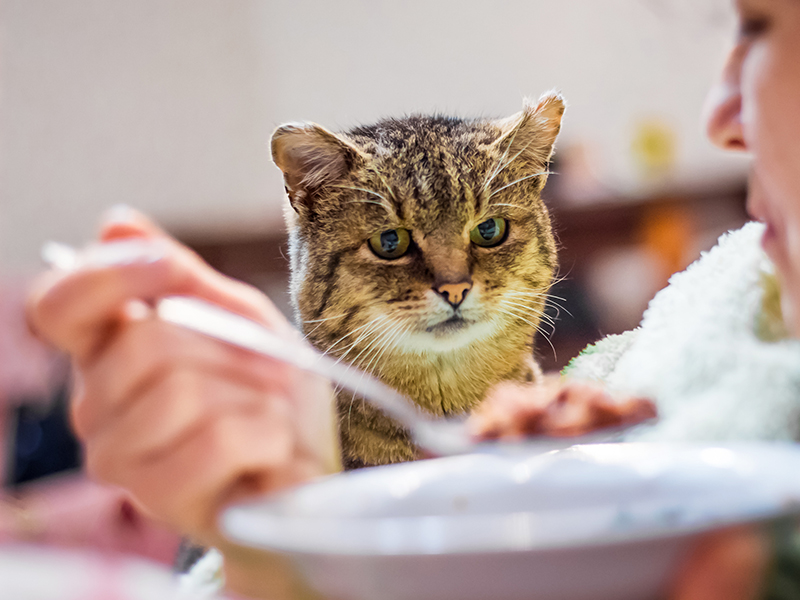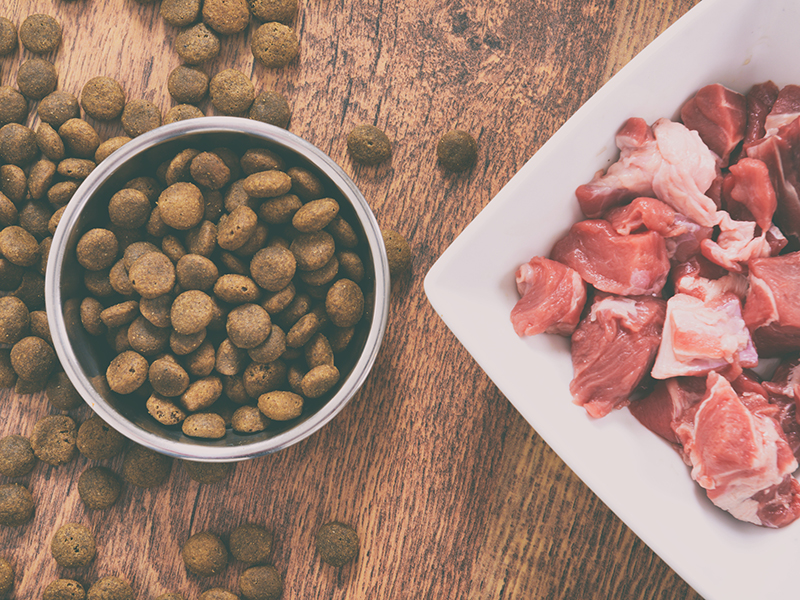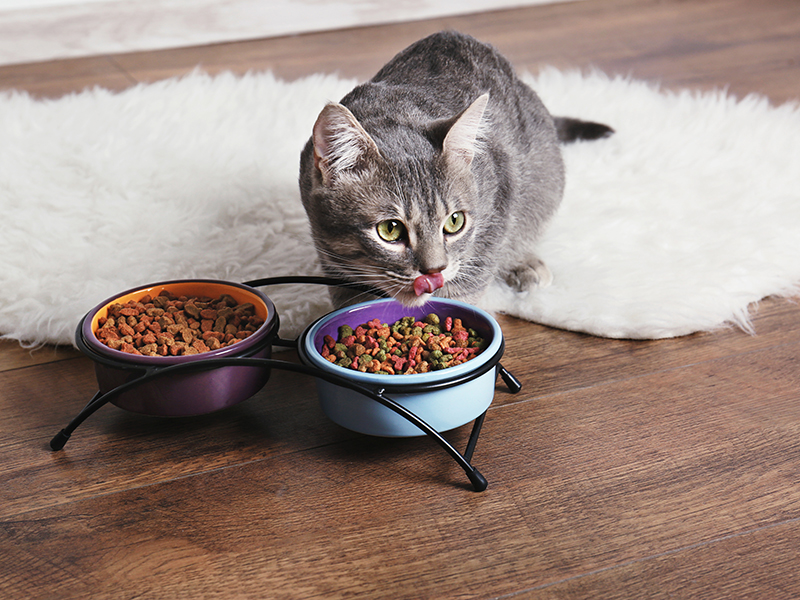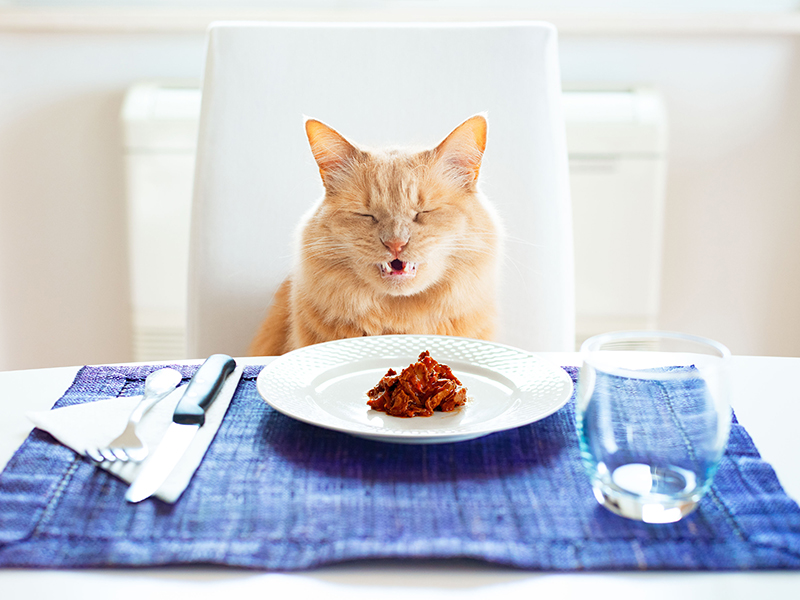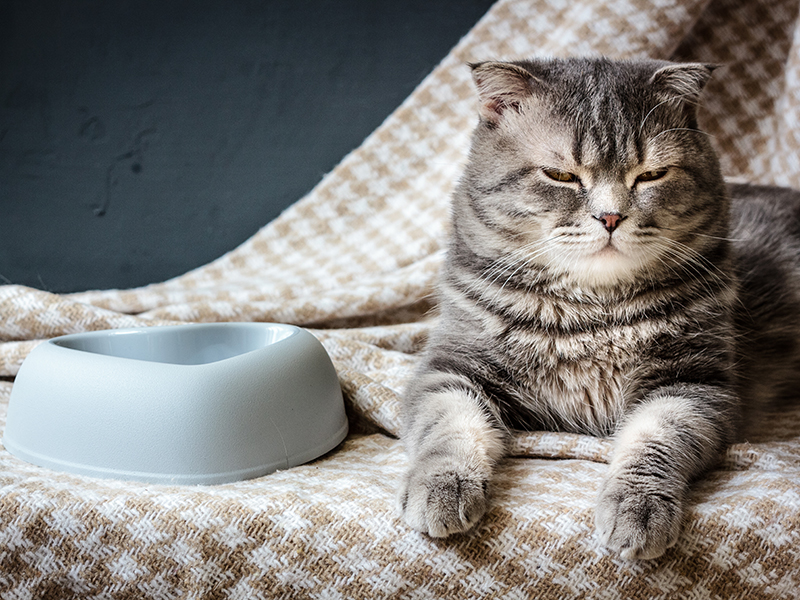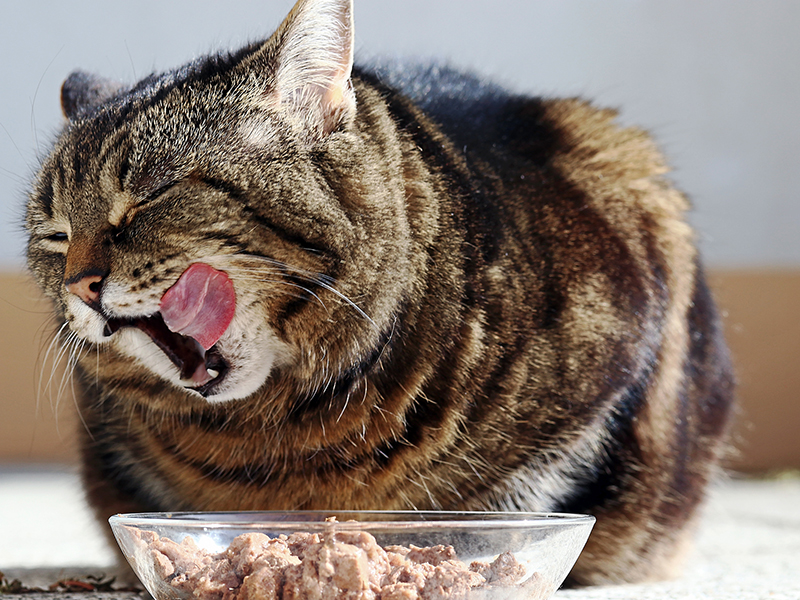Soft kitty, warm kitty, little ball of – wait, when did you get so big? Yes, the first year of a kitten’s life is filled with explosive growth! If you’ve been diligently taking care of your kitten’s nutritional needs, you’ll know that kitten food is loaded with tons of extra calories and nutrients to support a playful, growing body.
It’s usually around the 12-month marker that you can consider your kitten to be more of an adolescent approaching adulthood (don’t worry, they’ll probably still play like a kitten for a while!) As your feline fur-child goes through these life stages, it’s important that you adjust their nutrition age-appropriately.
In general, adult cats need to eat less protein and fat than kittens, so those calorie-intense kitten diets need to be tweaked as your cat matures.
Adult Food vs. Kitten Food
These are the basic differences between the nutritional needs of both life stages:
Making the Transition
Making the switch from kitten to adult cat food is weight and age-dependent. Cats usually arrive at 90% of their adult body weight around the age of 10 to 12 months. This is a safe time frame to start making the switch; unless your cat is a larger breed. A Maine Coon, for example, only reaches a mature weight around 2 years of age – so you’d have to keep them on kitten food for a little longer than smaller breeds.
How to Introduce New Food
Your fluffball has a palate as discerning as a Michelin star grader! They’ll figure out exactly what’s going on if you don’t do this gradually.
If you’ve introduced your kitten to different flavors and textures earlier in their life, this transition will go a lot smoother. Should you find yourself reading this article well before your kitten has matured, start offering them a wider variety of food. A combination of moist and dry food is always a good start.
A slow and methodical introduction to adult cat food is also advised to minimize intestinal upset. Because your kitten has been used to one type of diet, any rapid changes will affect their internal bacteria, sometimes causing runny tummies and vomiting. Sorry kitty.
The best way to transition to adult food is to space the process out over a week. Use this as a general guideline for success:
Days 1 & 2: Combine 25% adult food with 75% kitten food
Days 3 & 4: Combine 50% adult food with 50% kitten food
Days 5 & 6: Combine 75% adult food with 25% kitten food
Day 7: Serve 100% adult food (and pat yourself on the back!)
P.S. You can also use this transition method to safely introduce your cat to new textures and flavors of food.
How Much Food to Give
Unless your vet has alerted you to specific portion requirements based on your cat’s breed or an underlying health condition, it’s usually safe to follow the manufacturer’s guidelines regarding portions.
AAFCO approved products base their labels on body weight, so monitor your cat’s weight weekly during this transition – if you observe unusual changes in your cat’s body weight or condition, adjust the portions accordingly. Chat to a vet if you’re not feeling confident about making portion adjustments on your own.
Feeding Method
Most cat owners (and cats) do fine with free-feeding – this gives your kitty the freedom to control when and how much they want to eat. During this transition, you may want to consider having a more structured mealtime; especially if you have an active cat (shifting their daily calorie intake may be weird for them). Opting for a more portion-controlled meal time 2 times a day will help you both to get into a routine while adjusting to these life changes.
Top Tips
- You can try feeding by hand. The bond you two share offers a safe space for your kitty to want to try something new.
- If you’re serving your cat moist food, you could try offering it on a flat dish. They feel safe and free when their whiskers are not brushing up against the edge of a bowl.
- Try to warm moist food to room temperature (if you’ve kept it in the fridge). Your tentative kitty may want to lick new food before diving in, so put a tiny bit of food on the edge of the dish.
Offer some moral support and comforting head pats if you feel welcomed to do so, and you’ll have yourself a grown happy kitty, sleepy kitty, purr purr purr.

